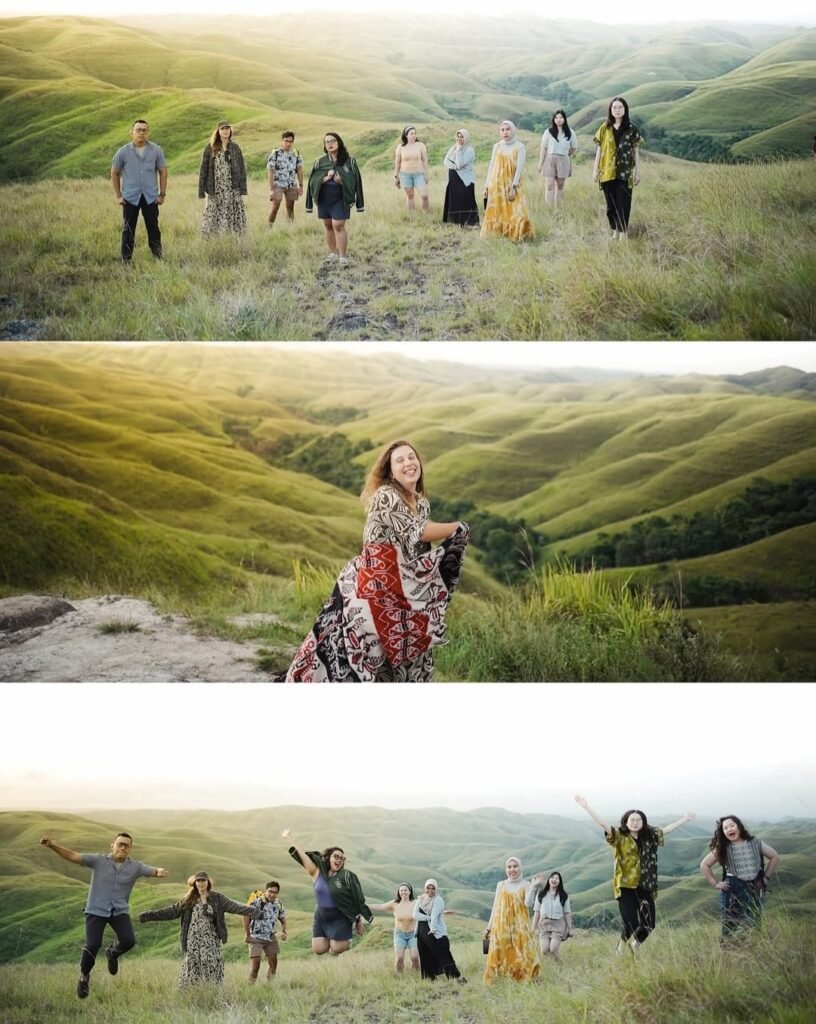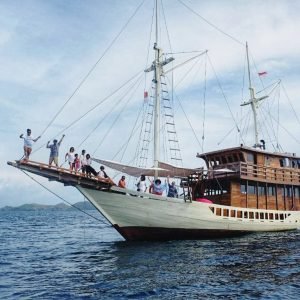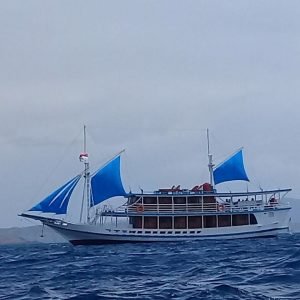Sumba attractions-Located in the Lesser Sunda Islands, Sumba is one of Indonesia’s most captivating yet underexplored destinations. Known for its powerful blend of ancient culture and dramatic natural scenery, Sumba offers travelers an authentic experience far removed from mass tourism. Unlike its more developed neighbors, the island remains largely untouched, making Sumba attractions ideal for those seeking culture, adventure, and serenity in one destination.
Cultural Attractions in Sumba
One of the most remarkable Sumba attractions is its living cultural heritage. The island is deeply rooted in ancestral traditions that continue to shape daily life. Visitors can explore traditional villages such as Ratenggaro and Pasunga, where towering thatched houses and stone megalithic tombs reflect centuries-old customs.
Sumba is also famous for its ceremonial traditions, including the iconic Pasola Festival, a ritual horse jousting event held annually to celebrate the agricultural cycle. Handwoven ikat textiles, produced using traditional techniques, are another cultural highlight and an important symbol of Sumbanese identity. Engaging with local communities offers meaningful insight into traditions that have remained unchanged for generations.
Beach and Coastal Attractions
Sumba attractions also include some of Indonesia’s most spectacular beaches. Nihiwatu Beach, often ranked among the world’s best beaches, is renowned for its powerful surf breaks, golden sands, and dramatic sunsets. It attracts surfers and luxury travelers alike.
Another must-visit is Weekuri Lagoon, a stunning saltwater lake framed by limestone cliffs. With calm, crystal-clear water, it is perfect for swimming and relaxing. The best time to enjoy Sumba’s beaches is during the dry season from April to October, when the weather is sunny and ideal for outdoor activities.
Natural Landscapes and Adventure Attractions
For nature and adventure lovers, Sumba attractions extend far beyond the coastline. The rolling hills of Wairinding offer panoramic views of savannah landscapes that shift colors with the seasons. Hiking through these areas provides opportunities to encounter local wildlife and admire Sumba’s unique terrain.
Hidden waterfalls such as Tanggedu Waterfall and Lapopu Waterfall are among the island’s most breathtaking natural attractions. Surrounded by lush greenery and dramatic rock formations, these waterfalls are perfect for swimming, photography, and quiet exploration.
Wildlife and Eco-Tourism Attractions
Sumba is home to unique flora and fauna found nowhere else in Indonesia. The Sumba horse, a small yet resilient breed, plays an important role in local culture. Birdwatchers can spot endemic species such as the Sumba hornbill and Sumba scrubfowl.
Marine attractions are equally impressive, with coral reefs, tropical fish, and sea turtles thriving in the surrounding waters. Snorkeling and diving sites around Tarimbang Beach and coastal areas promote eco-tourism while encouraging conservation and responsible travel.
Accommodation Near Sumba Attractions
Accommodation options in Sumba range from luxury resorts to local homestays. World-class properties like Nihi Sumba Resort offer exclusive experiences combined with sustainability and cultural immersion. Mid-range resorts and budget-friendly guesthouses provide comfortable stays close to major Sumba attractions, allowing travelers to explore the island with ease.
Food and Culinary Attractions
Exploring Sumba attractions is not complete without tasting local cuisine. Traditional dishes such as Lapa (grilled meat wrapped in banana leaves) and Bubur Sumsum reflect the island’s simple yet flavorful cooking style. Local markets and warungs offer authentic dining experiences, while resorts and restaurants serve both Indonesian and international cuisine.
Planning Your Visit to Sumba Attractions
The best time to explore Sumba attractions is during the dry season from April to October. Transportation options include car rentals and local drivers, which are recommended due to limited public transport. Travelers interested in culture, nature, or adventure can easily customize itineraries to suit their interests.


